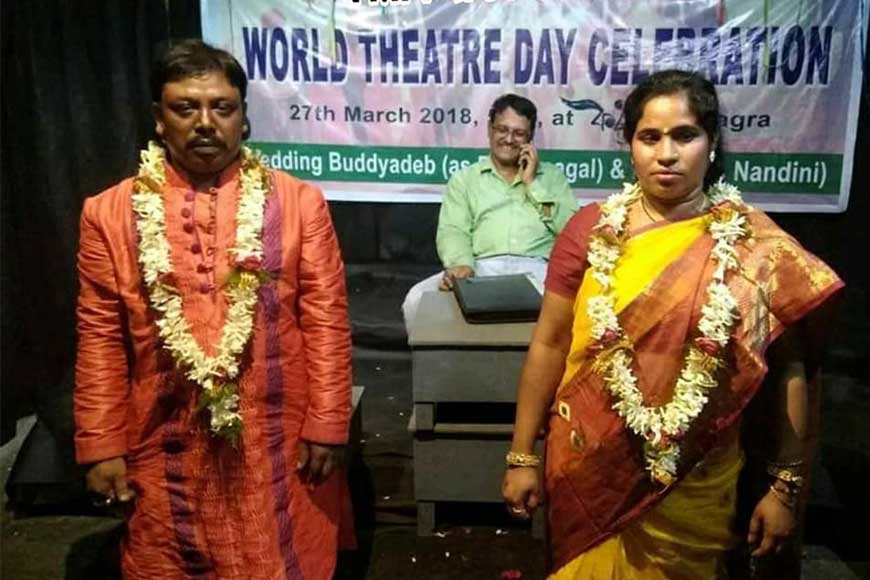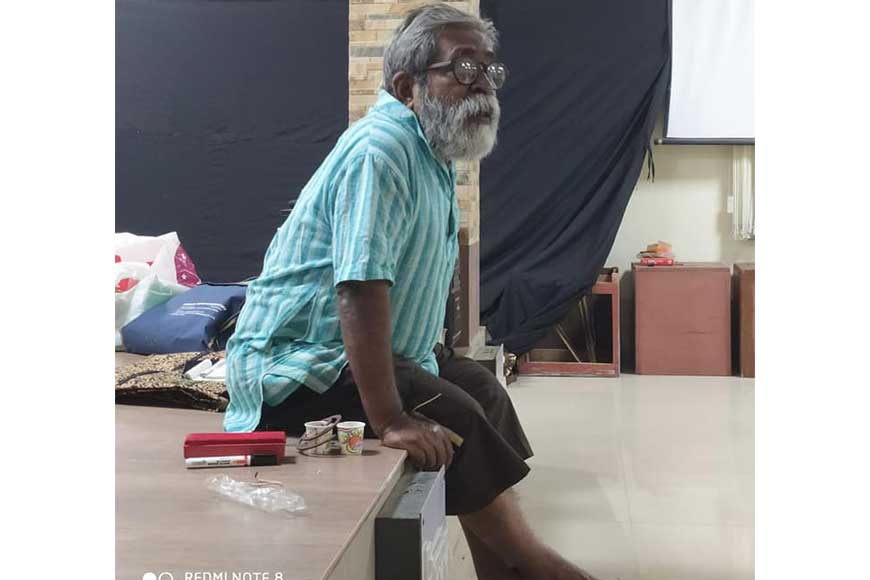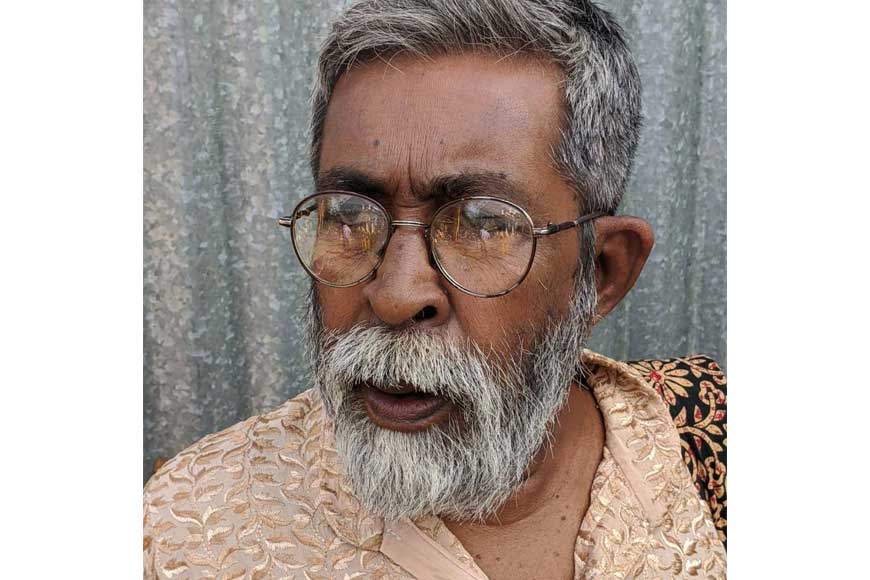When Tagore shows you the way

Have you ever watched a caged bird flapping frantically, wings tied to destiny, wishing for freedom? Who else than Rabindranath Tagore felt that hidden pain and penned the famous story-poem: Boner pakhi and Khanchhar pakhi. No wonder well-known theatre personality Pradip Bhattacharya way back in 2006, thought of none other than Tagore while bringing in a ‘Culture Therapy and Revolution’ among the jail inmates of Behrampore Central Jail. He was sure that prison inmates too, like Tagore’s caged bird wished to return home someday, free from the dingy cells, even though they had committed a crime at some point of time and were punished under the law of the land.
Theatre entered into Bengal’s prisonsway back in 2005-06. By 2000, all prisons were known as Correctional Homes. Accordingly, Pradip Bhattacharya was called to Behrampore prison for help.He first proposed ‘Tasher Desh,’
Pradip Bhattacharya wanted to change lives of the convicts forever from Jail inmates to ‘Better Human Beings.’ Isn’t it said ‘criminals are not born, they are made?’ Yes, correction is possible, for every crime, for every ‘criminal’ as we call them. Wasn’t it possible for the convict of Norman McKinnel’s famous novel Bishop’s Candlesticks? Bhattacharya realized the best tool to correct these inmates would be Theatre, something that amalgamates the power of words and actions. So, he dared to make these novices, many of whom could not even pronounce difficult Bengali words correctly, work on well-known plays of Tagore, like Raktakarabi. Wouldn’t the intellectual Bengali raise a hue and cry comparing the work with the Tripti Mitra-Sambhu Mitra performed Raktakarabi? Bhattacharya named it Jakkhapuri, the dark world of gold diggers, where labourers worked day and night for the King, a world that the inmates could relate to.
 Pradip Bhattacharya
Pradip Bhattacharya
Pradip Bhattacharya wanted to change lives of the convicts forever from Jail inmates to ‘Better Human Beings.’ Isn’t it said ‘criminals are not born, they are made?’ Yes, correction is possible, for every crime, for every ‘criminal’ as we call them. Wasn’t it possible for the convict of Norman McKinnel’s famous novel Bishop’s Candlesticks? Bhattacharya realized the best tool to correct these inmates would be Theatre, something that amalgamates the power of words and actions.
Around 23 prisoners of Behrampore Central jail performedthis famous play at the Academy of Fine Arts in Calcutta. Through their performance, they found the horizon of a new free world and expressions of humanity that gave them freedom from their captivity, something Tagore had always advocated --- the release of the soul. These new band of performers were crass, their language not refined, their pronunciation imperfect, yet they triumphed.What was more – Bhattacharya brought Tagore within the walls of the prison and popularized him, gave the inmates the ‘healing touch’ they needed so badly.
Also read : When theatre is used to transform lives
Theatre entered into Bengal’s prisonsway back in 2005-06. By 2000, all prisons were known as Correctional Homes. Accordingly, Pradip Bhattacharya was called to Behrampore prison for help.He first proposed ‘Tasher Desh,’ another super hit that was enjoyed by the inmates as it was again a story of ‘breaking down shackles of mechanical control.’The prisoners performed‘Tasher Desh’ first on November 29, 2006, inside Behrampore jail. However,
Bhattacharya had problems when he asked for female characters and the prison authorities were initially reluctant to allow women inmates to act along with men due to certain rules of the prison. The rule was overruled, and a girl was allowed to play Nandini in Jakkhapuri.
 Pradip Bhattacharya
Pradip Bhattacharya
Bhattacharya had been the harbinger of a revolution, and was later joined by danseuse Alokananda Ray, who helped to stage Balmiki Pratibha. Again Tagore, again with prison inmates. Bhattacharya also staged Totakahini,
Bhattacharya had been the harbinger of a revolution, and was later joined by danseuse Alokananda Ray, who helped to stage Balmiki Pratibha. Again Tagore, again with prison inmates. Bhattacharya also staged Totakahini, the story of a caged bird who is fed strips of paper, to make it learned. The bird however dies in the end in an over-zeal to turn educated.For Bhattacharya, the inmates are not criminals, but actors. He has worked and groomed hundreds of them over the years. Recently, due to the COVID-19 Pandemic and jail inmates being sent home on parole, to avoid crowding, Bhattacharya misses them. He has never asked them about their past or what crimes they committed. For him, they are now a part of his ‘Theatre Family.’
Most prisons in Bengal were built by the British and even today retain their dark colonial feel – with the walls speaking of torture and horror. But today, thanks to personalities like Pradip Bhattacharya, the prisons that looked like chilling reproductions of Bentham’s Panopticon (an architecture that allows constant surveillance of an institution as mentioned in Michel Foucault’s book Discipline and Punish) also reverberate with real life stories, with laughter of freedom and a constant metamorphosis of the human soul from being a ‘criminal’ to turning an ‘actor on stage.’ That’s the beauty of freedom!











